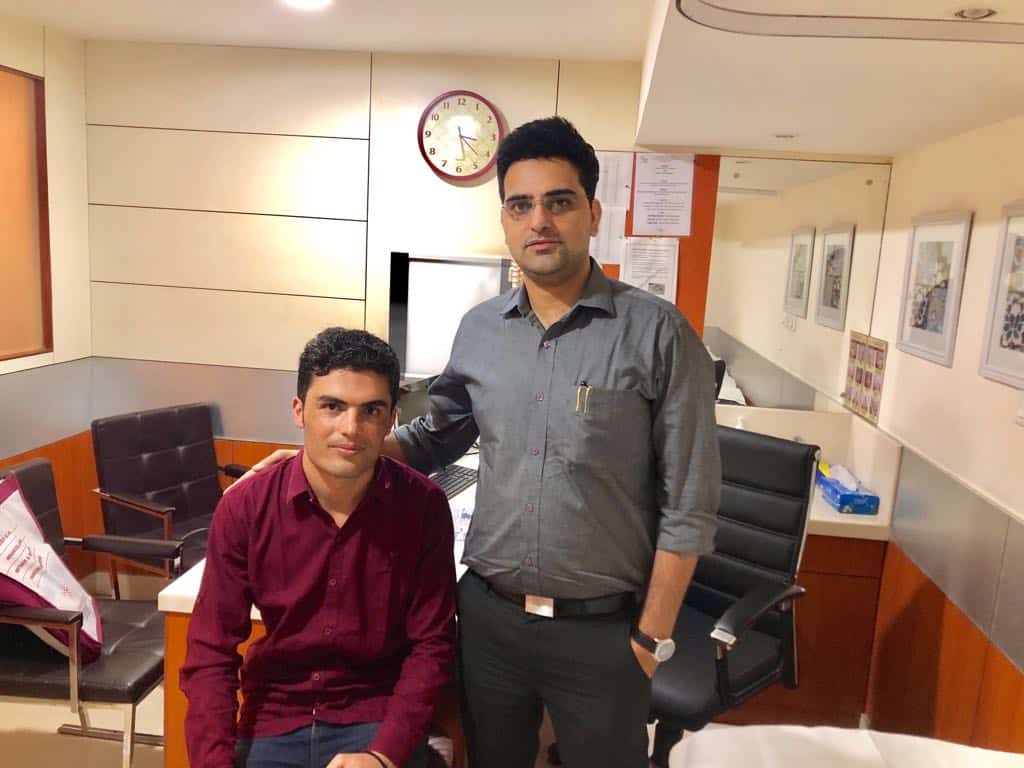Some of conditions causing headache. We strictly advise to take pain specialist opinion on diagnosis & treatment.
Intractable Headaches
Headaches into two huge categories to start with:
- Primary Headaches (meaning headaches that are not due to another cause like a brain tumor or an infection or another medical condition).
- Those that are due to some underlying condition are called Secondary Headaches. So most intractable headaches turn out to be primary headaches.
Of all the primary headaches, the most common ones to become intractable are migraine and tension-type headaches. However, there are other primary headaches that can be chronic and daily which can mimic migraine or tension-type. If that happens, then patients with these other conditions may receive the wrong treatment, and the headache will become intractable. So, headache specialists watch for this possibility and rule out other chronic daily headaches like hemicrania continua, new daily persistent headache, and post-traumatic headaches.
Migraine
Migraine headaches usually are associated with sensitivity to sound, light, and smells. Some people have symptoms of nausea or vomiting. This type of headache often involves only one side of the head, but in some cases, patients may experience pain bilaterally or on both sides. The pain of a migraine is often described as throbbing or pounding and it may be made worse with physical exertion.
Not all headaches represent migraines, and migraine is not the only condition that can cause severe and debilitating headaches.
Cluster Headache
Cluster headaches are very severe headaches that affect one side of the head in a recurrent manner (occurring in a “cluster” over time). The pain is sometimes described as “drilling,” and can be worse than migraine pain in some cases. Cluster headaches are less common than migraine.Cluster headaches, which occur in cyclical patterns or clusters, are one of the most painful types of headache. A cluster headache commonly awakens you in the middle of the night with intense pain in or around one eye on one side of your head.
Bouts of frequent attacks, known as cluster periods, can last from weeks to months, usually followed by remission periods when the headaches stop. During remission, no headaches occur for months and sometimes even years.
Tension Type Headache
A tension headache is the most common type of headache. It can cause mild, moderate, or intense pain in your head, neck, and behind your eyes. Some people say that a tension headache feels like a tight band around their forehead. Most people who experience tension headaches have episodic headaches. These occur one or two times per month on average
Cervicogenic Hedache
Cervicogenic headache is a secondary headache, which means that it is caused by another illness or physical issue. In the case of cervicogenic headache, the cause is a disorder of the cervical spine and its component bony, disc and/or soft tissue elements. Numerous pain sensitive structures exist in the cervical (upper neck) and occipital (back of head) regions. The junction of the skull and cervical vertebrae have regions that are pain generating, including the lining of the cervical spine, the joints, ligaments, cervical nerve roots, and vertebral arteries passing through the cervical vertebral bodies.
Chronic Daily Headache
Chronic Daily Headache is a descriptive term that includes disorders with headaches on more days than not and affects 4% of the general population. The condition has a debilitating effect on individuals and society through direct cost to healthcare and indirectly to the economy in general. To successfully manage chronic daily headache syndromes it is important to exclude secondary causes with comprehensive history and relevant investigations; identify risk factors that predict its development and recognise its sub-types to appropriately manage the condition.
Occipital Neuralgia & other headache forms
Occipital neuralgia is a medical condition characterized by chronic pain in the upper neck, back of the head and behind the eyes. These areas correspond to the locations of the lesser and greater occipital nerves. Wrapped around the greater occipital nerve is the occipital artery, which can contribute to the neuralgia. The condition is also sometimes characterized by diminished sensation in the affected area.
Consult Spinomax Pain & spine Center to find best headache treatment for you





